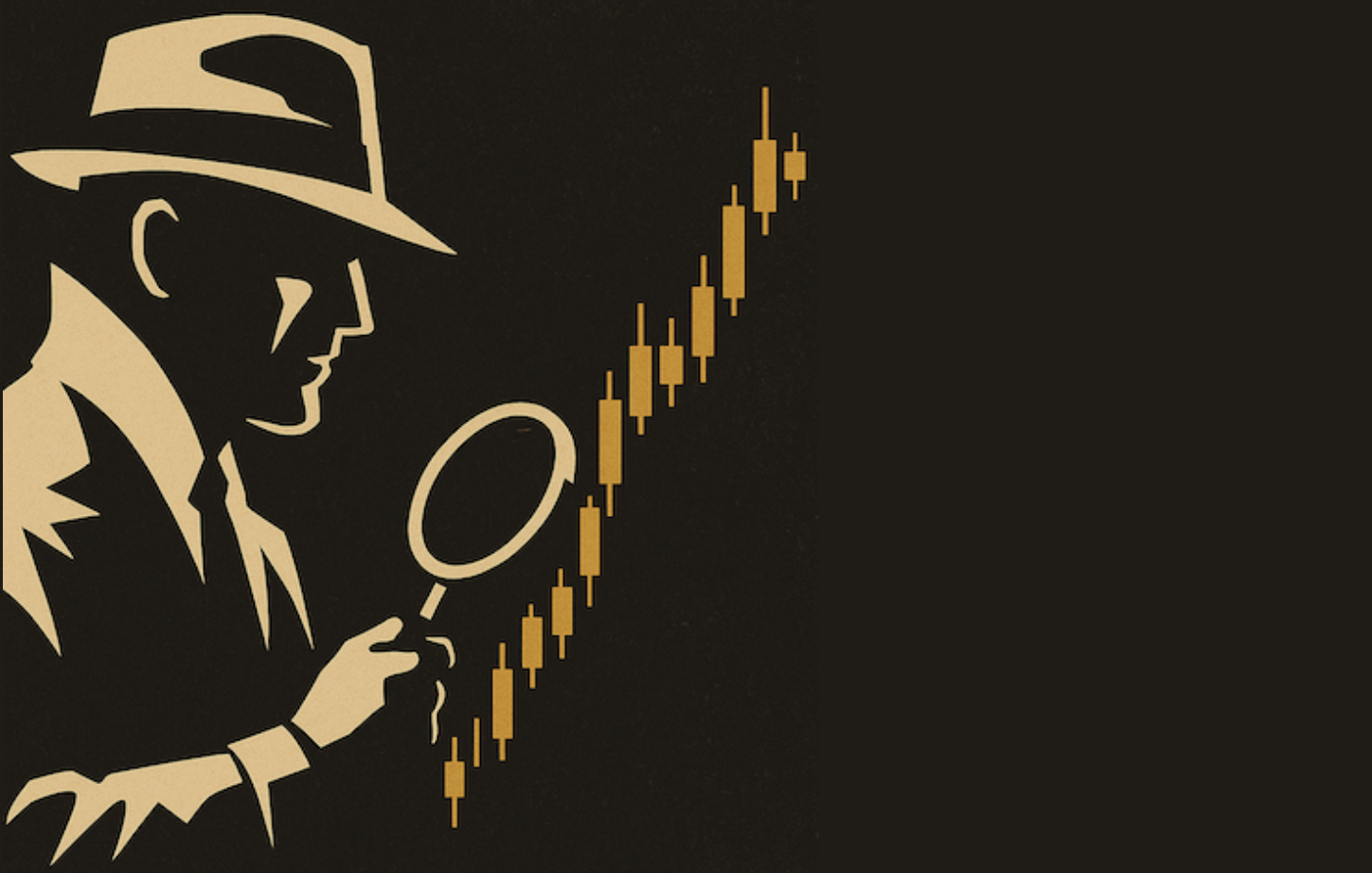IWM AND DIA FORM RISING FLAG PATTERNS -- USING THE SLOPE TO DETERMINE THE TREND -- CONSUMER DISCRETIONARY SPDR HITS CHANNEL RESISTANCE -- FINANCE AND INDUSTRIALS SPDRS SHOW WEAKER UPTRENDS -- MATERIALS AND ENERGY SECTORS SHOW RELATIVE WEAKNESS
IWM AND DIA FORM RISING FLAG PATTERNS... Link for todays video. After a sharp decline in early April, stocks bounced the last 5-6 days with the Dow Industrials SPDR (DIA) and Russell 2000 ETF (IWM) leading the major index ETFs. These bounces traced out patterns that look like rising flags, which are typically bearish continuation patterns. Chart 1 shows DIA with a rather steep rising flag that exceeded 130 on Tuesday. Todays price action is thus far contained within yesterdays range and it is possible that an inside day is taking shape (blue circle). Inside days and harami patterns show indecision that can foreshadow a short-term reversal. A move below 128.5 would fill Tuesdays gap, break flag support and argue for a continuation of the early April decline. This would target further weakness towards the 135 area. Support here stems from the 38.2% retracement level and the late January low.

(click to view a live version of this chart)
Chart 1
Chart 2 shows the Russell 2000 ETF with a rising flag that is meeting resistance from the 9-April gap and support break in the 81 area. For now the flag is still rising with the lower trendline marking first support just above 79. A break below this level would argue for a continuation lower and target a move towards the next support level around 75. Support here stems from the 200day moving average, broken resistance and the 50% retracement mark. As noted on Monday, I remain concerned with relative weakness in small-caps. Notice that the Price Relative remains in a clear downtrend as IWM underperforms SPY.

(click to view a live version of this chart)
Chart 2
USING THE SLOPE TO DETERMINE THE TREND... The slope indicator provides a quantitative method to define the trend in an unambiguous manner. At its most basic, the trend is up when the slope is positive and the trend is down when the slope is negative. For those looking for a technical explanation, the slope indicator measures the rise over the run for a linear regression . Even though the full calculation is rather complicated, the slope indicator is pretty easy is to understand with a visual example. In SharpCharts, chartists can use the Raff Regression Channel to plot a linear regression, which is the middle line. Chart 3 shows three Raff Regression Channels covering three twelve month periods. The 12-month slope of the first linear regression (blue) is relatively flat, the second slope (red) is clearly down and the third slope (green) is clearly up. The slope of the linear regression is a good way to define the trend.

(click to view a live version of this chart)
Chart 3
The indicator window shows the actual values of the slope indicator (rise over run). This is the ending value of the linear regression less the beginning value divided by the timeframe. If the ending value were 35, the beginning value 29 and the run 12, then the slope would be .5 (35 29 = 6, 6/12 = .50). The slope is near zero when the linear regression is flat, the slope is positive when the linear regression slants up and the slope is negative when the linear regression slopes down. The steepness of the slope is also reflected in the relative value. Notice that a relatively high (positive) slope reflects a sharply rising linear regression, while a relatively low (negative) slope reflects a sharply falling linear regression.
CONSUMER DISCRETIONARY SPDR HITS CHANNEL RESISTANCE... Now that we understand the slope, we can use it to quantify the trend for certain time periods and even compare trend strength among different securities. Chart 4 shows weekly bars for the Consumer Discretionary SPDR (XLY) over the last three years. The indicator window shows the 13-week slope (green) and the 52-week slope (black). The 52-week slope was positive from August 2009 until mid November 2011 and from mid January 2012 until the present. The red lines on the price chart show the Raff Regression Channel with the linear regression line in the middle. Notice how this linear regression sloped down from November 2010 to November 2011, which is why the slope was negative for this 52-week period. With the rally to new highs, the 52-week slope has been positive for three months and the long-term trend remains up.

(click to view a live version of this chart)
Chart 4
While the 52-week slope captures the long-term trend, the 13-week slope covers around three months to capture the medium-term trend. Notice how the 13-week slope turned positive with a sharp advance in October and remains positive. It would take a move into negative territory to bring about a medium-term downtrend. Before leaving this chart, notice that XLY is trading near the upper trendline of a rising channel. I drew the upper trendline first and then drew a parallel trendline touching the lows. The ETF is looking overbought and ripe for a correction that could extend to broken resistance in the 40 area. Chart 5 shows the Technology SPDR (XLK) with similar characteristics.

(click to view a live version of this chart)
Chart 5
FINANCE AND INDUSTRIALS SPDRS SHOW WEAKER UPTRENDS... With new 52-week highs the last three months, there is no questioning the long-term uptrends in the technology and consumer discretionary sectors. The Finance and Industrials SPDRs are in uptrends since October, but have yet to break their 2011 highs and show less long-term strength. Chart 6 shows the Finance SPDR (XLF) trading just below resistance from the 2010-2011 highs. The 52-week slope turned negative in August and has yet to cross back into positive territory, which means the long-term trend is neutral at best. Despite long-term underperformance, the 13-week slope is in positive territory still and the trend since October remains up. The medium-term uptrend would reverse should the slope turn negative and XLF break support from the February lows.

(click to view a live version of this chart)
Chart 6
Chart 7 shows the Industrials SPDR (XLI) advancing to its 2011 highs and then stalling the last few months. The uptrend since October remains in place, but is getting shaky as the 13-week slope falls towards the zero line. A break below the March-April lows in XLI and a negative slope would reverse this uptrend.

(click to view a live version of this chart)
Chart 7
MATERIALS AND ENERGY SECTORS SHOW RELATIVE WEAKNESS ... Chartists can use the slope indicator to compare the trends for a group of securities. The actual level cannot be used for comparison because this level is dependent on the price of the security. The slope for the Dow Industrials ranges from -160 to +110 because the Dow is priced above 10000. Securities priced in the 30-40 range will have much smaller slope range. Despite this difference, chartists can use still use the slope indicator to compare the different trends. Chart 8 shows the Basic Materials SPDR (XLB) with negative readings for the 13-week slope and 52-week slope. These negative readings suggest that the medium-term and long-term trends are down for XLB. The slope indicators for the Technology SPDR and Consumer Discretionary SPDR are clearly in positive territory and reflect uptrends. The negative readings in XLB reflect relative weakness. On the price chart, XLB remains stuck in a consolidation since mid January. A break above consolidation resistance and upturn in the slope indicator would be bullish. Chart 9 shows the Energy SPDR (XLE) breaking below the November trendline and the slope indicators into negative territory.

(click to view a live version of this chart)
Chart 8











